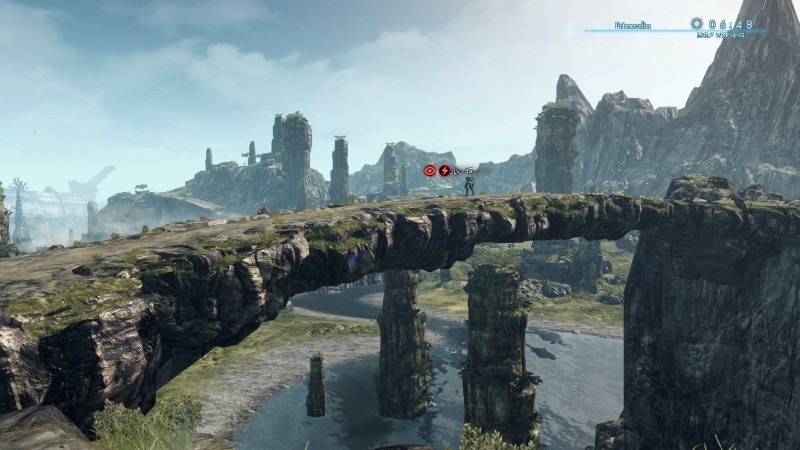

Hughes, in Williams Textbook of Endocrinology (Twelfth Edition), 2011 Primordial Germ Cell Migration Clearly, PGCs are stem cells, still having the capacity to renew themselves and to differentiate in various directions. PGC-derived ES cells can also contribute to chimeras when injected into host blastocysts ( Resnick et al., 1992). These cells can be maintained on feeder layers for extended periods of time and can give rise to embryoid bodies and to multiple differentiated cell phenotypes in monolayer culture and in tumours in nude mice. Primordial germ cells are single cells that under certain culture conditions can form colonies of cells which morphologically resemble undifferentiated embryonic stem cells (ES cells) ( Resnick et al., 1992). Some gonocytes have migrated to the basement membrane. By 1 day pp (C), the seminiferous cords have become more conspicuous and are surrounded by a layer of flattened peritubular myoid cells (small arrows). A dividing gonocyte is indicated by the hollow arrow.

The large round gonocytes (large arrows) are located in the centre of the cords.
#Primordia bridge code Pc#
By 15 days pc (B) seminiferous cords, consisting of a layer of Sertoli cells (arrowheads) and a clear basement membrane (small arrows), can be observed. At 13 days pc (A), the PGCs (arrows) are randomly distributed in the gonadal primordium, which consists mostly of undifferentiated mesenchymal-like cells. Photomicrographs of sections through rat testes before the onset of testicular differentiation and thereafter.

In contrast, female mouse PGCs enter meiosis from day 13 of development onwards and already about 3–5 days after birth all germ cells have undergone oogonial development and are in the diplotene stage of meiosis (for review see Swain and Lovell-Badge, 2002 Wylie and Anderson, 2002).įigure 1. and continue development only after birth. Male PGCs enter mitotic arrest around day 13 p. Genital ridges seem to release intrinsic factors which stimulate the proliferation of PGCs and which act as chemoattractants for PGCs in vitro ( Godin et al., 1990).Īt day 12.5 differences between male and female genital ridges become apparent and male and female germ cells embark on their specific developmental programmes. During their migration the PGCs proliferate and the population of about 10–100 PGCs present around day 7–8 increases to more than 20,000 in the colonized genital ridges around day 14 of development ( Tam and Snow, 1981 Wylie et al., 1985). In vitro studies suggest that colonization of the genital ridges is brought about by active, invasive movement of the PGCs and that PGCs lose their invasive motility after entering the gonad anlagen ( Donovan et al., 1986).

By day 12.5 PGCs are largely confined to the developing gonads. The genital ridges, which give rise to the gonads, are a paired mesodermal tissue which lies beneath the dorsal mesentery of the body. From day 8.5 onwards PGCs migrate through the hindgut and mesentery wall and colonize the genital ridges. Thus, migration of PGCs was visualized in a living embryo ( Anderson et al., 1999, 2000). A truncated Oct4 promotor was used to drive expression of green fluorescent protein in transgenic animals. More recently, the POU transcription factor OCT4 was found as PGC marker ( Schöler et al., 1990). This enzymatic activity can be used to trace PGCs in the early embryo ( Chiquoine, 1954). They are large, round cells, which contain a high level of alkaline phosphatase activity. They pass through the posterior primitive streak and are found first in the posterior part of the embryo at the base of the allantois ( Copp et al., 1986 Ginsburg et al., 1990). They arise from a population of pluripotent cells in the proximal epiblast close to the extraembryonic ectoderm ( Lawson and Hage, 1994). Primordial germ cells (PGCs), the ancestors of the gametes, originate in the mouse at least as early as on day 7 of development (for review see Wylie and Anderson, 2002). Andreas Kispert, Achim Gossler, in The Laboratory Mouse, 2004 Primordial germ cells


 0 kommentar(er)
0 kommentar(er)
